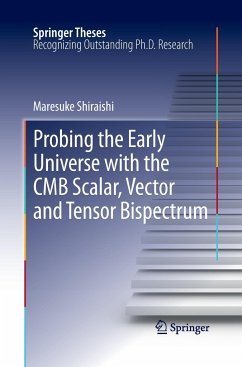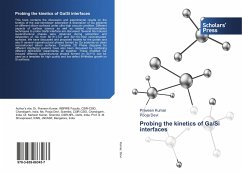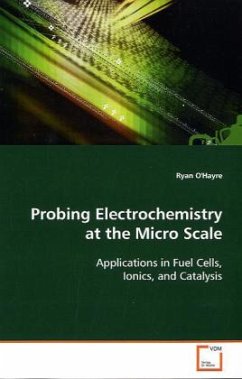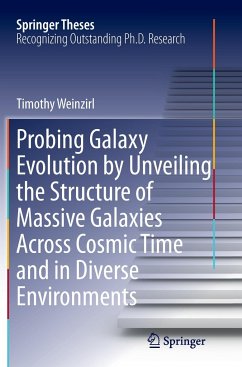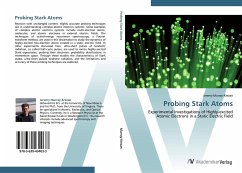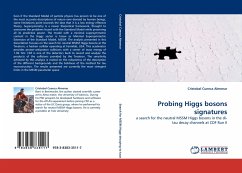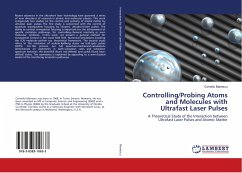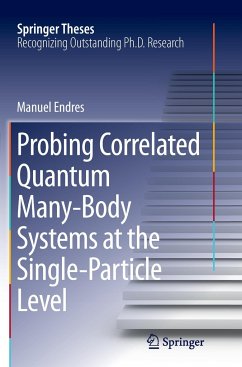
Probing the ULIRG-to-QSO evolution
Properties of Quasistellar Objects and their progenitors in the millimeter and radio wavelength regimes
Versandkostenfrei!
Versandfertig in 6-10 Tagen
46,99 €
inkl. MwSt.

PAYBACK Punkte
23 °P sammeln!
Extragalactic astronomical objects, like galaxies, cover a broad range of mechanisms responsible for powering the engines of the respective galaxies: e.g., ULIRGs (UltraLuminous Infrared Galaxies), a product of mergers between galaxies that are supposedly powered by starbursts, AGN or a mixture of the two, and QSOs (quasistellar objects) which are powered by AGN. Since ULIRGs and QSOs show similar properties (especially the infrared luminosities) it was proposed that they form the early and late phase of an evolutionary sequence where supposedly ULIRGs are the dust enshrouded progenitors of QS...
Extragalactic astronomical objects, like galaxies, cover a broad range of mechanisms responsible for powering the engines of the respective galaxies: e.g., ULIRGs (UltraLuminous Infrared Galaxies), a product of mergers between galaxies that are supposedly powered by starbursts, AGN or a mixture of the two, and QSOs (quasistellar objects) which are powered by AGN. Since ULIRGs and QSOs show similar properties (especially the infrared luminosities) it was proposed that they form the early and late phase of an evolutionary sequence where supposedly ULIRGs are the dust enshrouded progenitors of QSOs. The study uses observational data in the radio and mm wavelength regimes and simulations to analyse the properties of a group of galaxies with active galactic nuclei (AGN) that have been studied at low and high angular resolutions. A sample of nearby QSOs was setup as representatives for the final phase, whereas the ULIRG Arp220 represents the early stages in the evolutionary scenarios. Arp220 was studied on larger angular scales to study the more extended emission and the merger of its precursor galaxies was modeled, whereas the nearby QSOs were searched for HI and H2O megamaser emission.



